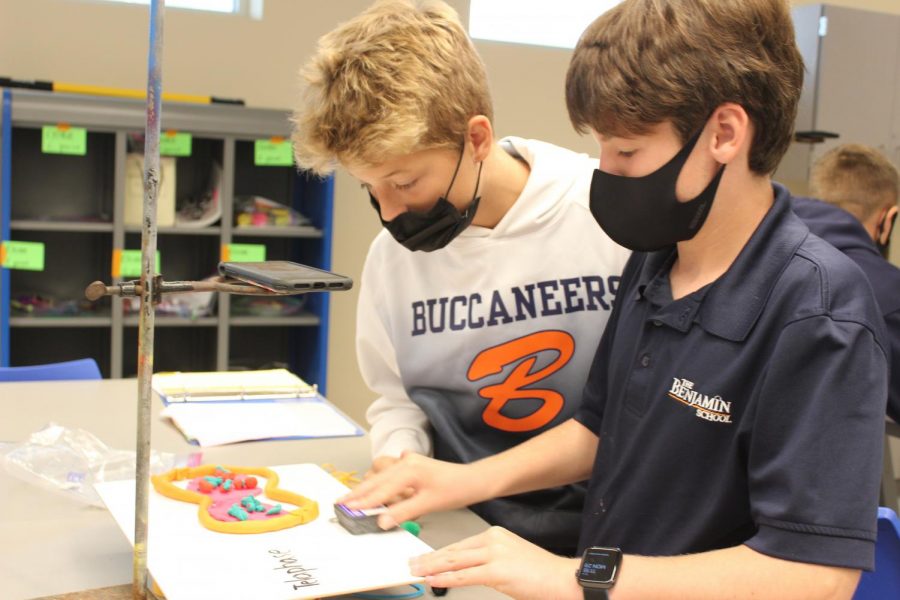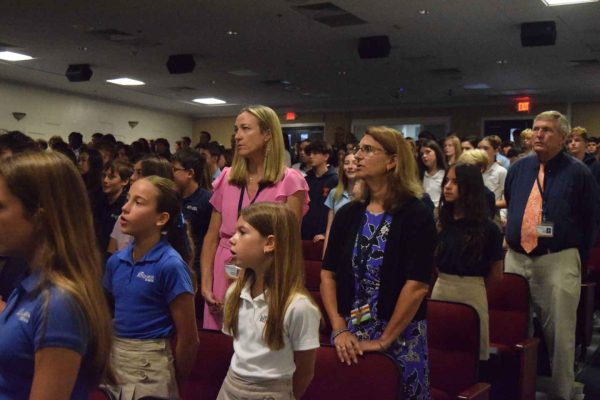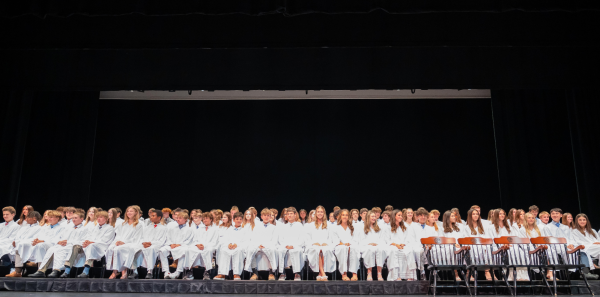Students Use Stop-Motion Animation to Learn About Cell Division
Seventh graders Jackson Hill and Carter Burden erase some text from their whiteboard in order to take the next photo of their mitosis illustration.
We all know TBS is innovative, from the way it pivoted to serve remote students this year to the state-of-the-art STEM building to its award-winning publications and coding competitors. Now, science students are becoming filmmakers. Middle School Science Department Chair Mrs. Sarah Oster is currently giving her seventh-grade science classes an opportunity to participate in an exciting project to better their understanding of mitosis (cell division) and the cell cycle.
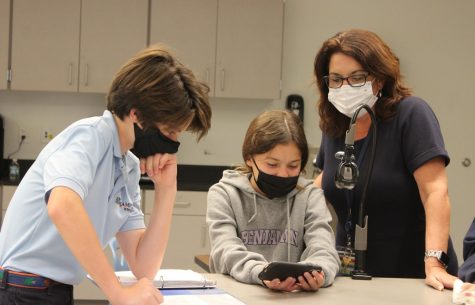
“The purpose is to apply what we learned in science class with technology. You know, bring the two worlds together!” said Oster. “We have been experimenting with technology in science with coding, different presentation formats, and now stop motion. Students have a previous knowledge of the cell cycle from science class. They are creating a ‘story’ of the cell cycle using stop motion [videography] with all recycled and repurposed material. Even though the students all have the same information regarding the cell, each project is different and has a unique little spin which makes it special,” she said.
The general materials groups have been using to complete their projects are pipe cleaners, Model Magic, Play-Doh, moldable erasers, Expo markers and white boards.
Many of the seventh-grade students found the stop motion project to not only be fun, but a great group activity.
“I like how there is not an exact rubric for the project,” said seventh grader Pryce Savidge. “That allows us to be as creative as possible. My partner, Anna Stumburger, and I are using the Stop Motion Studio app on Anna’s phone. After we get all of the pictures taken, we will probably edit it in iMovie,” she said.
Seventh graders Drew Sterling and Matti Simonet have enjoyed the project as well.
“I like how we can use whatever materials we want to create this project,” said Sterling. “It made it a lot easier, plus we did not have to buy anything. In the beginning, I didn’t really know how to do the stop motion pictures, but after doing it in class, I understand it better,” he said.
Stop motion is an animated filmmaking technique where objects are physically moved in small increments between individual photographed frames so that they will appear to indicate independent motion when the series of frames are played back. So this project not only provides students a unique way to learn more about the cell cycle and mitosis, but also allows them to experience group work and learn skills relating to videography and editing.
“I like that it is a very creative way to get mitosis in your head, and it is overall a really fun project,” said Simonet. “I don’t really like how it takes such a long time, but then again that’s with any project.”
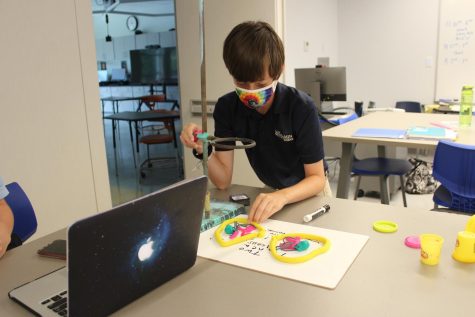
The project was still very similar for remote students, the only real difference being that they worked individually instead of with partners.
“To do my stop motion video, I set my camera up, and then move the materials under to fit the section of the mitosis it is in,” said seventh grader Bella Blount, a remote learner. “I feel it is harder to do online, but not by too much. This is because you have no partner to hold the camera.”
However, whether remote or on-campus, the students have enjoyed demonstrating their knowledge of mitosis.
I believe this project was a great way to get us to use our creativity while learning about science!” said Blount.
